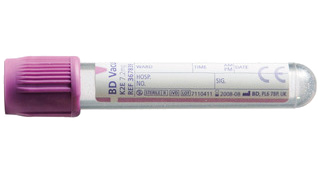


Cerebellar Ataxia (SDCA1+SDCA2)
Commandez l'examen
57,48
47,50 (hors 21% TVA)
Description
Espèce cible et races
Chien
Berger belge
Prélèvement
- Ecouvillon génétique
- EDTA sang complet
Délai
28 jours
Catégorie
Génétique, maladies
Code
H5657
Analyses
1-1 Cerebellar ataxia (SDCA1)
KCNJ10 c.986T>C
1-2 Cerebellar ataxia (SDCA2)
ATP1B2 c.130_1ins
